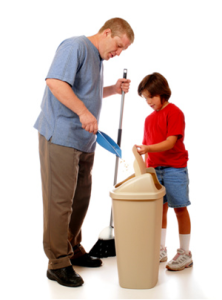 There was one thing I was looking forward to when I had my first kid. It wasn’t spending time raising someone to be responsible, nor was it having a new best friend to laugh and play with. It was finally getting someone else to mow the lawn for me. No more of my weekend time wasted pushing my lawnmower with the busted automatic drive, no more time fixing the bag that keeps falling off, and no more hauling the grass bags off to the bin. That is all Dennis Junior’s job.
There was one thing I was looking forward to when I had my first kid. It wasn’t spending time raising someone to be responsible, nor was it having a new best friend to laugh and play with. It was finally getting someone else to mow the lawn for me. No more of my weekend time wasted pushing my lawnmower with the busted automatic drive, no more time fixing the bag that keeps falling off, and no more hauling the grass bags off to the bin. That is all Dennis Junior’s job.
Okay, the real truth of it is that I didn’t start having kids to supply my own personal free labor force. The fact is that I make my kids do chores for the same reasons any other parent does, which is to help teach them about responsibility, reward, and helping to better prepare them for the maniacal world of adult life.
I was raised in a fairly strict family environment and what that left me with was the lasting impression that I wanted my own family to be anything but. It may have been a tough childhood but that doesn’t mean that it didn’t teach me some good lessons, and while not everything my parents made me do or discipline me for is what I plan on passing along to my kids, my goal was to take the best traditions that I know are good and mix them with some new methods with my own personal twist.
Of course, I have to give that most important of disclaimers “individual results may vary”, but you can just use my method of giving everything a try to see how effective it is on your firstborn, or as I like to call him, “practice baby.”
Make it a responsibility, not a punishment
When my firstborn was young, it was hard to explain the concept of pride to him. It was something he grew to understand as I explained that how a person presented themselves was how they also presented their own self-respect. I don’t mow the lawn because I like to, although I really do, because my wife wants nothing to do with yard work and I get some valuable me time with a beer and my iPod. I mow it because I take pride in where I live. I don’t want my home to look run down or have anybody judge my family as poor or lazy.
I explained to my children that this was why their rooms should be kept clean. A clean room is a happy room. I’m okay with a little clutter, because a little clutter looks lived in and feels like home, but when it starts to look like an episode of Hoarders is where I draw the line.
Participate, do not delegate
Notice I said “help us out.” Don’t force your kids to do something you wouldn’t do yourself. This has two negative effects, the first being that it makes a chore feel like punishment, the second being the job probably won’t get done right without your supervision meaning you’ll have to just do it right yourself.
Doing the chores with your kids is a great way to spend time and bond with them. You can talk to them about their day (a three year old can have quite an interesting day), or sneak in a few life lessons (like why jamming a fork into an electrical outlet is a bad idea).
In traditional cultures parents spend a great deal of time with their children during their childhood teaching them valuable life skills. There is a disconnect in western culture between chores, children, and how parents instruct children in these chores, with children “striking” on their workload.
Start early, make it routine, and encourage it
The best way to get kids to learn a habit is to start them when they are young. If mini-you shows an interest in helping you pick up the laundry don’t discourage that behavior by telling them to sit down and get out of the way. Let them help you out and slow down to their speed.
Kids are great at learning (some studies suggest that the contemporary child is smarter and quicker to learn than kids were decades ago), and when you encourage positive behavior they will naturally come to enjoy it. Make it part of a daily routine and it will quickly become learned behavior.
Rewards
This is one of those tricky topics. If you put a dozen parents in a room and ask them what the best type of rewards for doing chores should be, you’ll get about fifty different answers. The best thing to do as a parent is offer a reward that is tailored to your kid.
What is important to remember though is that rewarding behavior only works until someone decides that the reward is no longer valuable. If you give your kids money for chores and a sneaky relative outbids you at a birthday party, then suddenly your kids are going to start criticizing the value you place on their work. If I thought of this situation as me at any job I ever had, and I questioned the value my company placed on me, I’d start looking for a new job.
This is why I for me, the most important principle I try to instill in my children is that of pride and self-respect. I encourage them to do chores for the same reason that I do them. Not because I want to, but because it is how I show how I care for myself, and how I care for us as a family.

 Stress and emotional pain of a separation can be exacerbated by worrying over expenses for your children. Let yourself focus on the important things in life, and work on discovering strategies that will help you to find workable solutions to your financial stress. Here are some tips on how to deal with your kids expenses when you’re separated.
Stress and emotional pain of a separation can be exacerbated by worrying over expenses for your children. Let yourself focus on the important things in life, and work on discovering strategies that will help you to find workable solutions to your financial stress. Here are some tips on how to deal with your kids expenses when you’re separated. If you were to spend a lot of time with me a few years ago, you would have observed the serious and worry side of me. Today that side is still there but in a lessor degree because it gets replaced by a conscious effort to be present in the moment.
If you were to spend a lot of time with me a few years ago, you would have observed the serious and worry side of me. Today that side is still there but in a lessor degree because it gets replaced by a conscious effort to be present in the moment.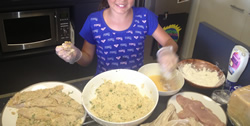 If your kids are anything like mine and i think most are, they are fussy eaters.
If your kids are anything like mine and i think most are, they are fussy eaters.
 Khaaliq Thomas is a professional photographer and custodial dad of 3 (recently divorced). For the past year he has been working on a photo documentary concentrating on single / custodial fathers households.
Khaaliq Thomas is a professional photographer and custodial dad of 3 (recently divorced). For the past year he has been working on a photo documentary concentrating on single / custodial fathers households.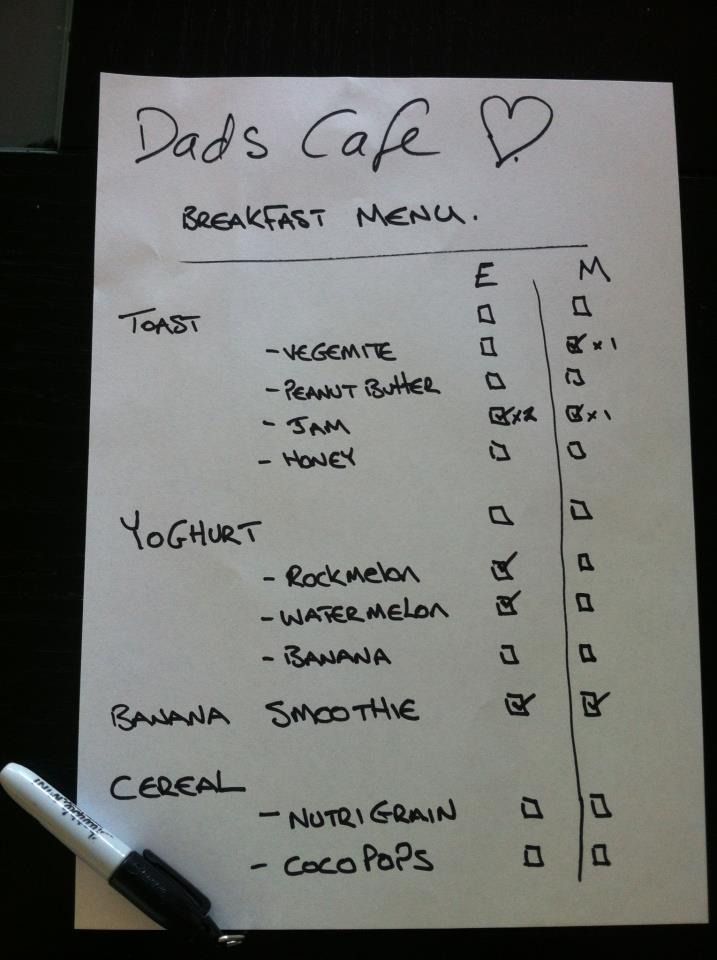
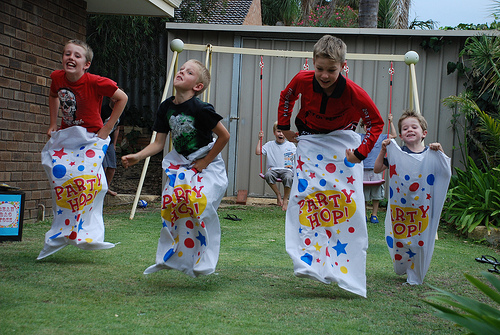
 Healthy self-esteem is like a child’s armor against the challenges of the world. Kids who know their strengths and weaknesses and feel good about themselves seem to have an easier time handling conflicts and resisting negative pressures. They tend to smile more readily and enjoy life. These kids are realistic and generally optimistic.
Healthy self-esteem is like a child’s armor against the challenges of the world. Kids who know their strengths and weaknesses and feel good about themselves seem to have an easier time handling conflicts and resisting negative pressures. They tend to smile more readily and enjoy life. These kids are realistic and generally optimistic. The hacking of mass accounts on a social network is something that seems to be happening a great deal recently, with LinkedIn being the latest victim, after having 6.5m of its users passwords stolen.
The hacking of mass accounts on a social network is something that seems to be happening a great deal recently, with LinkedIn being the latest victim, after having 6.5m of its users passwords stolen. Sometimes it seems like the whole purpose of life is just to learn and grow. We learn from our mistakes. I reckon that most of us do not learn unless we have made some mistakes and have suffered its consequences.
Sometimes it seems like the whole purpose of life is just to learn and grow. We learn from our mistakes. I reckon that most of us do not learn unless we have made some mistakes and have suffered its consequences. Ralph Waldo Emerson’s famous words, “Life is a journey, not a destination,” still inspire today. The journey is the destination, or rather, it’s not the destination but the journey that matters most… For road trippers, the journey is just as remarkable as the destination, especially if you and your family are embarking on a summertime road trip in Australia.
Ralph Waldo Emerson’s famous words, “Life is a journey, not a destination,” still inspire today. The journey is the destination, or rather, it’s not the destination but the journey that matters most… For road trippers, the journey is just as remarkable as the destination, especially if you and your family are embarking on a summertime road trip in Australia. Christmas time and the holiday season can be a challenging period for single fathers. When families are getting together and sharing experiences, those in separated families can experience loneliness and isolation.
Christmas time and the holiday season can be a challenging period for single fathers. When families are getting together and sharing experiences, those in separated families can experience loneliness and isolation.

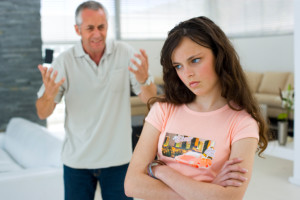





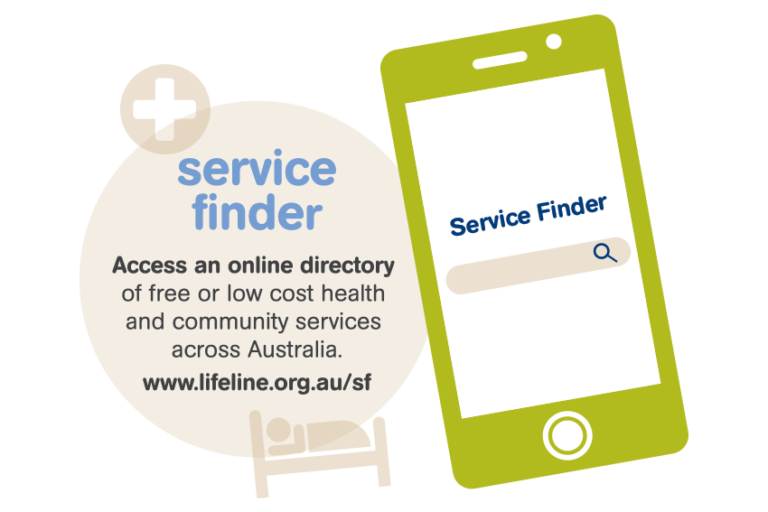
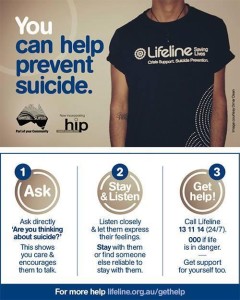
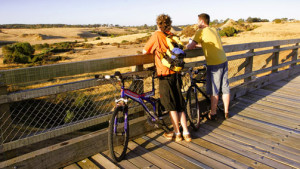




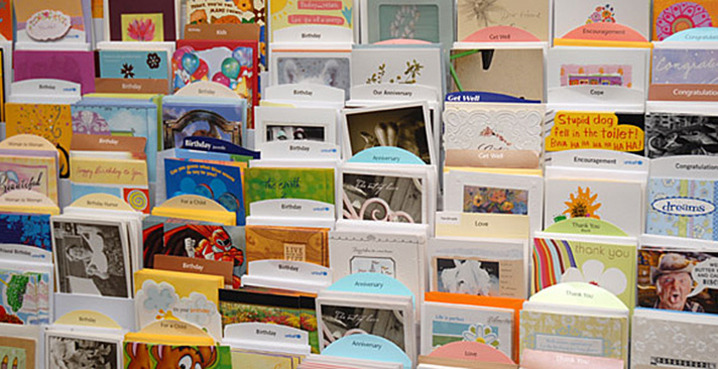

Recent comments